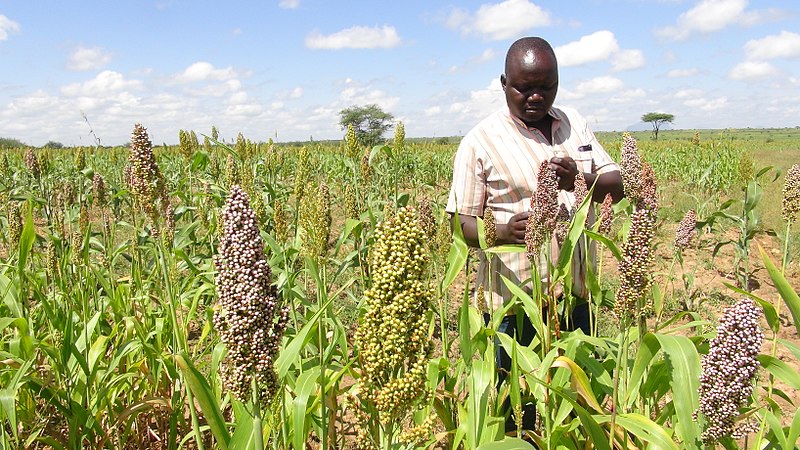
By George Munene
According to the Kenya Meteorological Department farmers should plant drought-resistant and early maturing crops, fodder, and pasture as the often long March-April-May rains are likely to be depressed over most parts of the country, negatively affecting the country’s agricultural production.
This is especially over the high-potential areas of the Highlands West and East of the Rift Valley, Central, and South Rift Valley, as well as the Southeastern lowlands.
According to the notice produced in conjunction with the agriculture ministry farmers should also liaise with the Ministry of Agriculture and Livestock Development for advice on appropriate land use management practices.
The projected low rainfall combined with above-average temperatures may have a negative
impact on pasture regeneration, particularly in Arid and Semi-Arid Land (ASAL) areas. Thus, recovery from the effects of the current drought is unlikely in most areas.
Related News: KALRO launches drought resistant rice, doubles basmati yield
Related News: Researchers develop new drought tolerant finger millet varieties resistant to blast disease and striga weed
Consequently, the existing pasture and browse scarcity and poor animal body condition might persist. There may also be increased livestock mortality rates in pastoral areas as a result of reduced grazing pastures and water shortages for animals.
In addition to providing feed supplements to the remaining livestock, relevant authorities are encouraged to provide drought-resistant and fast-maturing grass and pasture seeds to the communities in the affected areas.
There is a likelihood of an increase in crop pests such as fall armyworms and animal diseases as livestock migrates in search of water and pasture. Therefore, integrated pest and disease surveillance, control, and prevention should be enhanced.
The expected depressed rainfall is expected to worsen food security and nutrition in the ASAL areas with the potential to spread to other parts of the country.
Related News: Oct-Dec short rains 55-70% lower as Kenya enters 5th drought season
Food prices are also expected to rise further and accessibility to food is also likely to be poor.
Relevant authorities and humanitarian institutions are advised to closely monitor the situation and provide food and food supplements to the most vulnerable communities to avert the loss of lives.